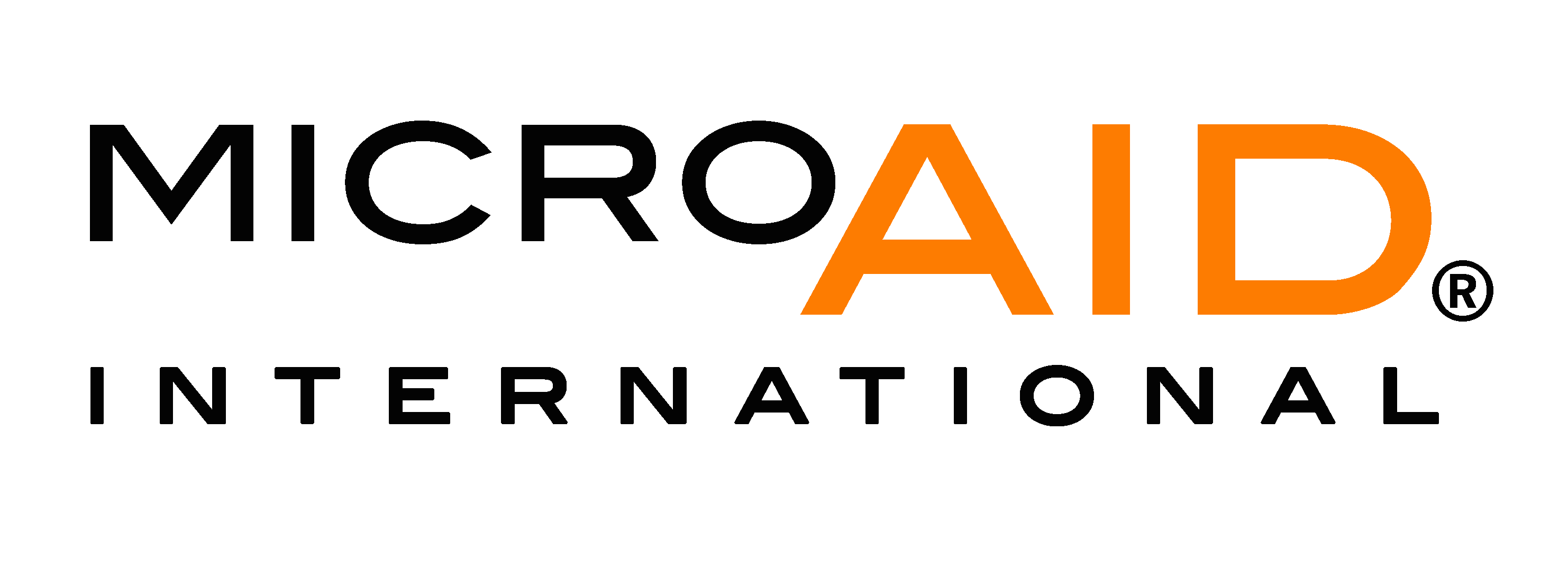Our Huge Accomplishments
October, 2015
As we head into the fourth quarter of 2015, I want to look back at all that we have accomplished in the last six years since I started MicroAid, and to acknowledge and thank you for your part in making a difference in people’s lives—without MicroAid these disaster survivors would not have gotten any help. So, thank you! I will be adding a “donors” page to the website to recognize everyone’s contribution. Please let me know if you do not want to be on the list.

To recap our achievements in helping families return to permanent homes and self-sufficiency after losing everything in a natural disaster, MicroAid has:
Built three houses in Sri Lanka in 2010, helping more than 60 people—and future generations (disaster: Indian Ocean tsunami, 2004)
Replaced fishing kits for one village, and built 16 canoes for another village in Samoa in 2012, helping more than 500 people (disaster: tsunami, 2009)
Built a house in Peru in 2013, helping more than 48 people—and future generations (disaster: floods, 2010)
Provided a water purification system for a village clinic in Myanmar in 2014, helping more than 800 people (disaster: Cyclone Nargis, 2012)
Built four houses in the Philippines in 2015, helping more than 60 people—and future generations (disaster: Typhoon Haiyan, 2013)
You can see photos of these projects in the “completed projects” section of the website. As our organization gets older, our projects are getting larger in scope, as well. But we will always help people directly, efficiently, and completely. MicroAid does not leave a project site until the job is done.
Currently, I am laying the groundwork for home reconstruction projects in Nepal (Gorkha earthquake, April 2015). Things are pretty chaotic there, still, with a newly ratified constitution, and many large NGOs vying for materials and labor and photo ops. But I have met with a number of people, either Nepalese or with connections to the situation, and have started to map out a strategy and raise money to help survivor families and maybe even an entire small village. I will do an assessment trip in a few months, then do the rebuilding in the fall of 2016.
In the coming year, I will be training other project managers, so that we can have multiple projects going at the same time. In the course of my work, I have run across a few candidates with the right skills, experience, and attitude, to work the way we do: directly, efficiently, and independently. As you can imagine, finding people like that is not an easy task. (Please let me know if you know of anyone who might be a good fit.) Also, I will formalize our advisory board, and officially acknowledge the behind-the-scenes experts—medical, construction, media, etc.—who help me when I am in the field, and at home. And we will be welcoming at least one new member to the board of directors.
Additionally, MicroAid will be doing fundraising campaigns through crowdfunding platforms, as well as continuing to approach foundations for grants, and encouraging individuals to donate what they can. As you know, in the places we work, every dollar makes a big impact.
MicroAid still guarantees that 100 percent of donations go toward helping those in need—to the recovery projects in the field. Overhead is funded by the board of directors, certain foundation grants, and specific individual donors.
In January, if my application is accepted, I will be attending the Annenberg Foundation nonprofit development seminar, where I will learn more in-depth strategies for running our organization.
Thank you, again, for supporting MicroAid and our important, unique work helping survivors of disaster after the world’s attention has moved on.
I hope you are all happy, healthy, and secure.
All the best,
Jon




















